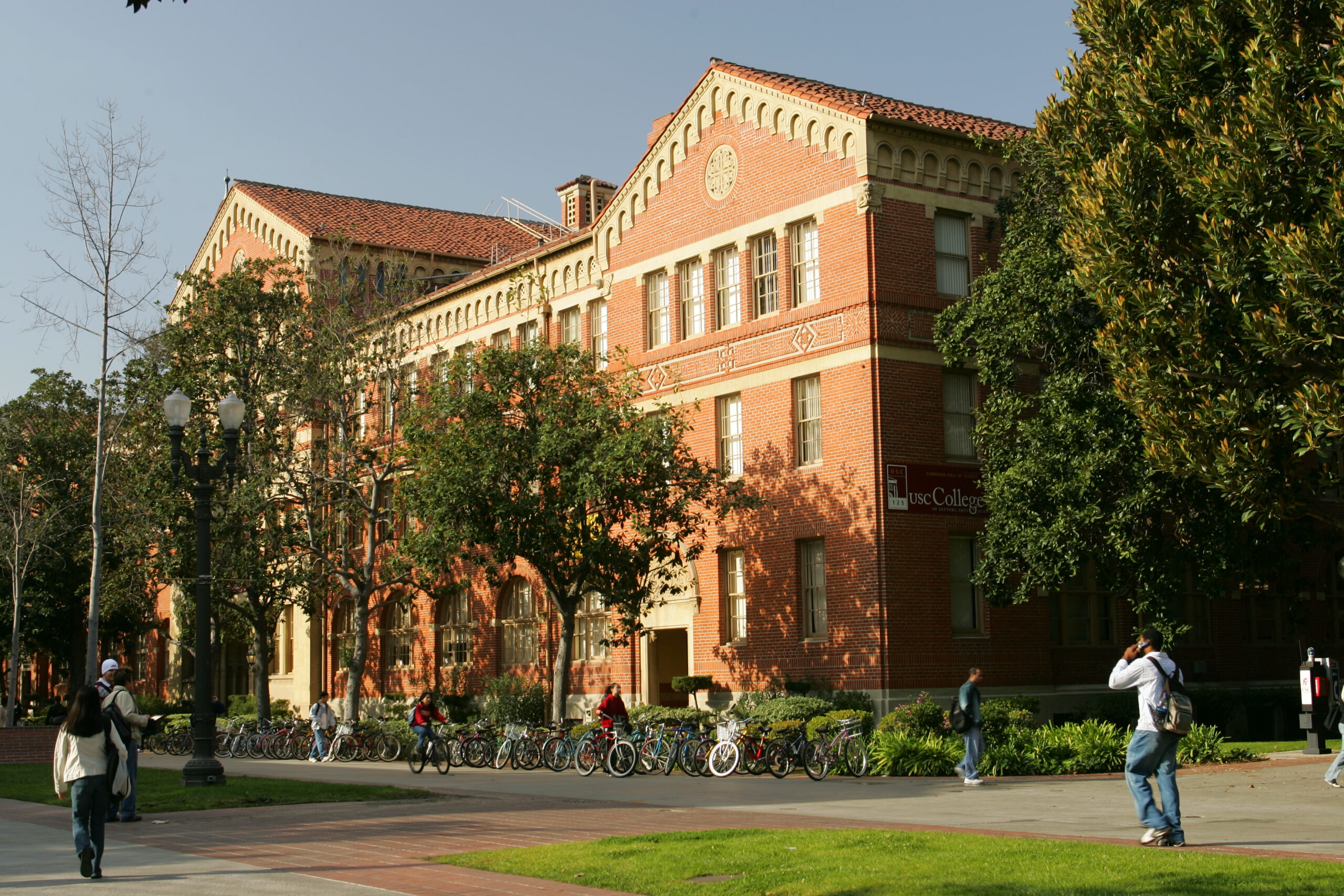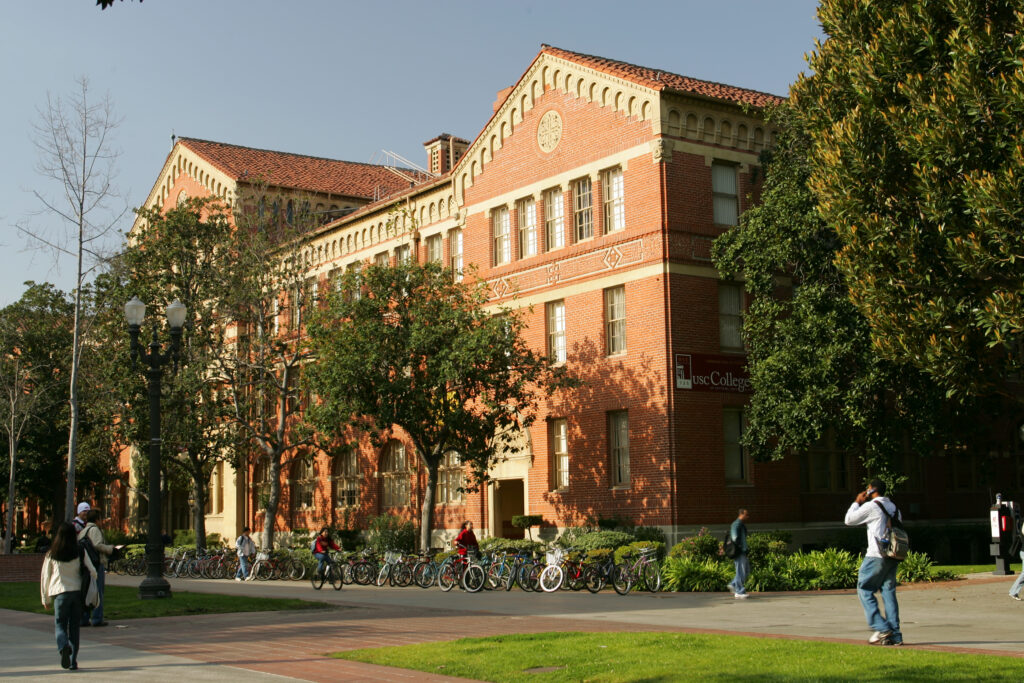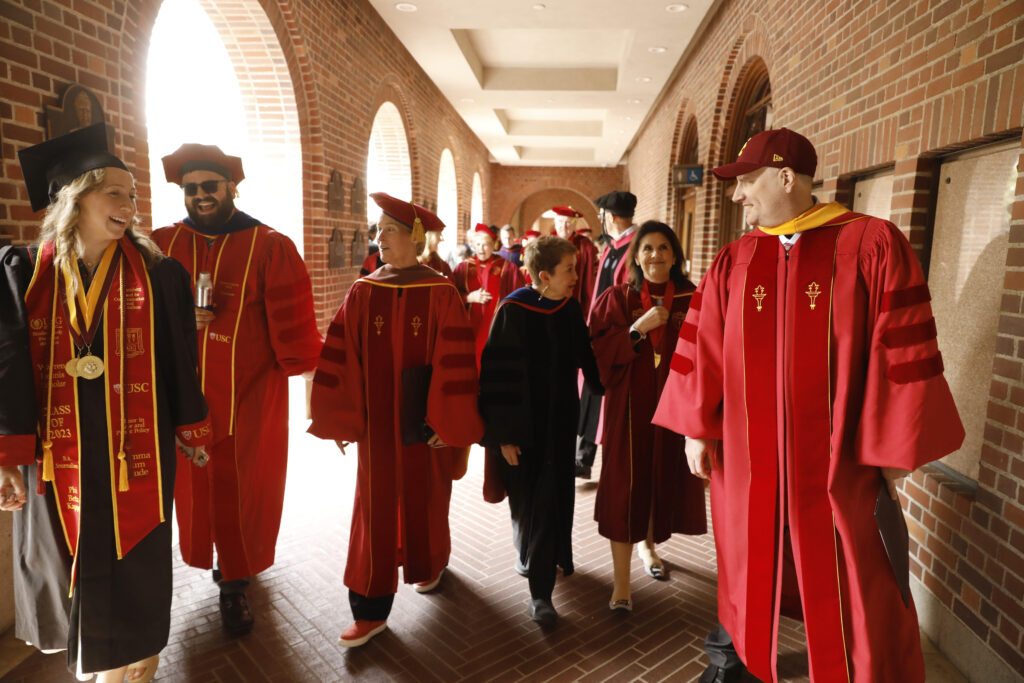
IPEDS
Integrated Postsecondary Education Data Systems
IPEDS is the Integrated Postsecondary Education Data System. It is a system of interrelated surveys conducted annually by the U.S. Department of Education’s National Center for Education Statistics (NCES). IPEDS gathers information from every college, university, and technical and vocational institution that participates in the federal student financial aid programs.
CHARACTERISTICS, FINANCE, & HR
Understand top-level information about the university, revenues and spending, and get human resources statistics.

Institutional Characteristics
Institutional characteristics data are the foundation of the entire IPEDS system. These include basic institutional contact information, tuition and fees, room and board charges, control or affiliation, type of calendar system, levels of awards offered, and types of programs.

Finance
Finance data include institutional revenues by source, expenditures by category, and assets and liabilities. This information provides context for understanding the cost of providing postsecondary education. It is used to calculate the contribution of postsecondary education to the gross national product.

Human Resources
Human resources data measure the number and type of staff supporting postsecondary education.
ENROLLMENT AND STUDENT DEMOGRAPHICS
Because enrollment patterns differ greatly among the various types of postsecondary institutions, there is a need for different measures of enrollment and several indicators of access. These include 12-month enrollment, fall enrollment, first-time status, age, and unduplicated headcount.

12-Month Enrollment
Enrollment figures based on the unduplicated head count of students enrolled over a 12-month period.

Fall Enrollment
Fall enrollment is the traditional measure of student access to higher education. Fall enrollment data can be looked at by race/ethnicity; gender; enrollment status (part-time or full-time); and or level of study (undergraduate or graduate).

Admissions
Basic information is collected from institutions that do not have an open-admissions policy on the undergraduate selection process for first-time, degree/certificate-seeking students. This includes information about admissions considerations, admissions yields, and SAT and ACT test scores.

Student Financial Aid
IPEDS collects data on the number of full-time, first-time degree/certificate-seeking undergraduate students who receive different types of student financial aid, including grants and loans, from different sources at each institution
ACADEMIC OFFERINGS AND LIBRARIES
IPEDS collects data on Libraries, and the number of students who complete a postsecondary education program (completers) and the number of postsecondary awards earned (completions). Data collected include completions by field of study, award level, recipient race/ethnicity and gender. Also find counts of books, media, serials, and database collection held in the physical and digital/electronic form; data on interlibrary loan services; and library expenditures.

Completions
IPEDS collects data on the number of students who complete a postsecondary education program by type of program and level of award (certificate or degree).

Academic Libraries
Information on collections, expenditures, and services for libraries at degree-granting institutions.
STUDENT OUTCOMES
IPEDS collects three types of data to help track postsecondary student progress and success.

200% Graduation Rates
Graduation rate data provide information on institutional productivity and help institutions comply with reporting requirements of the Student Right-to-Know Act. 200% means the 8-year graduation rate for USC.

Graduation Rates
Graduation rate data provide information on institutional productivity and help institutions comply with reporting requirements of the Student Right-to-Know Act. Four and 6-year rates can be found here.

Outcome Measures
Starting with the 2015-16 collection, IPEDS collects information on the number of awards conferred and the enrollment status of four degree/certificate-seeking undergraduate student cohorts: 1) Full-time, first-time, 2) Part-time, first-time, 3) Full-time, non-first-time, and 4) Part-time, non-first-time. Of significance here is the inclusion of spring admits and transfer students.